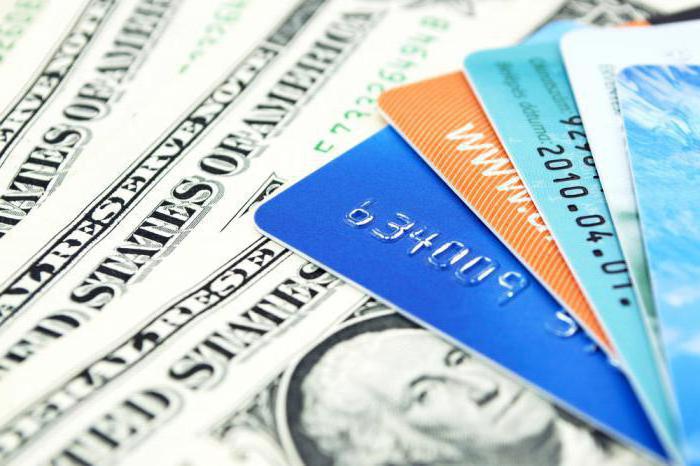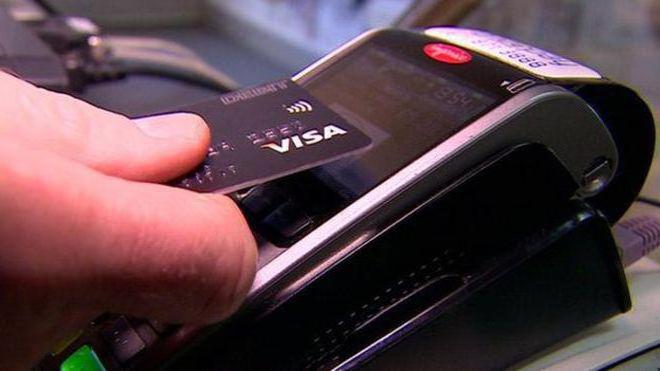The development of technology has an impact on all spheres of human life. To a greater extent, these changes are positive, such as non-cash payments - it is convenient, fast and safe. How does this system work? What are its pros and cons? About this and much more - in the article.

Right
In the Russian Federation, the system of cashless payments is the competence of financial and civil law. Bank transfer is regulated by 3 regulatory acts:
- The Civil Code of the Russian Federation, where in chapter 46 "Calculations" contains the necessary information about this type of payment.
- Regulation on the rules for the transfer of funds and the Regulation on the issue of payment cards approved by the Bank of Russia. They consider the forms, the procedure for conducting non-cash payments in the Russian Federation and the requirements for payment documents.
Members
The organization of cashless payments is designed in such a way that its participants can make payments without a lot of time.
According to the above documents, participants in cashless payments can be:
- individuals
- legal entities;
- Entrepreneurs
- the shops;
- other institutions.
Non-cash participants after conducting cash transactions receive settlement documents confirming the fact of the transaction. They contain the following required information:
- account details and BIC of the transfer recipient;
- name of the payer bank;
- TIN of the account holder from which funds will be debited;
- name and account number of the credit institution.

The concept
Based on the contents of the above documents, it can be noted that non-cash payment is a payment that is made without using cash through the transfer of money from the payer's bank account to the recipient's bank account. This type of payment is available to everyone - individuals and legal entities, entrepreneurs. But the payment process is possible only in banks and credit organizations that are licensed to carry out such operations.
Principles
Bank transfer is a system that is based on some principles. Their observance ensures the order and security of cashless payments. So, the organization of cashless payments is based on the principle:
- Acceptance, which implies the mandatory consent or notification of the account holder to write off money from the account. This rule is subject to even requests from government agencies.
- Urgency, which implies the existence of a time frame established by the payer, during which the write-off of funds should occur. If they are violated, the bank bears responsibility.
- Freedom of choice, which implies the ability of participants to choose a form of calculation.
- Legality, which implies the mandatory compliance of all operations with applicable law.
- The principle of liquidity, which implies maintaining the necessary amount on the account for the smooth execution of payments.
- Control, which implies the need to control the correctness of transactions and compliance with the established provisions on the procedure for conducting cashless payments.
- Responsibility, which implies the existence of tangible or intangible liability for non-compliance with the terms of the contract between the participants in the transaction.

Forms
Cashless payment forms are transfers or payments through:
- payment request and order;
- direct debit;
- electronic money;
- letter of credit;
- check books
- collection.
A payment request is the requirement of the recipient of funds (the creditor) to pay a certain amount through the bank for delivered goods, work performed or services rendered.
Direct debit is a debit of funds from the payer's account in favor of the recipient of the funds (creditor), provided that the payer has provided the bank with a payment order that contains information to whom, when and how much money is to be paid.
Electronic money is a virtual replacement for cash that can be paid through an electronic wallet with Internet access.
Letter of credit - a calculation of the letter of credit (order) of the payer, which indicates the amount and terms of payment for the recipient of funds.
A checkbook is a brochure consisting of 25 or 50 sheets - checks, each of which contains information about the payer - the holder of the book. One sheet, signed by the payer, allows you to receive the amount indicated in it to the account of the recipient of funds.
Collection is a bank service whereby it undertakes to transfer a payment from the payer's account to the recipient's account without the participation of the latter, but if there is an order and other necessary documents.

Kinds
Bank transfer is a type of payment that has virtually no boundaries and time, since in this way you can pay for goods and services in one country and stay in another, not to mention the city. Based on this fact, all types of cashless payments can be:
- Non-commodity, which include payment of utilities, training in an educational institution, consultations and treatment in a medical institution and other similar services.
- Commodity, which includes payment for things intended for exchange for money or other products and services: raw materials, materials, finished products.
- Interstate, which include settlements between the payer and the recipient of funds whose correspondent accounts are located in different countries.
- Intra-republican, which include settlements between the payer and the recipient of funds whose accounts are in the same federal district.
- Guaranteed, in which the amount of the payment is reserved on the payer's account and transfers to the payee after fulfilling his duties to the payer.
- Non-guaranteed, which include payments that are not documented.
- Instant, which includes a payment made at the time of purchase of a product or receipt of a service.
- Deferred, in which payment for goods or services is made at the time specified in the contract, and not immediately. This form of payment includes credit, installment plan, mortgage.

Ways
Payment methods for non-cash payments can be contact and contactless:
- payments by bank cards through the POS terminal;
- payments on NFS technologies using a smartphone;
- money transfer from a card using PayPass and Pay Wave technologies;
- services provided by online banking;
- settlement through card details using internet access;
- money transfer through online wallets using terminals.
Payment
Bank transfer is a transfer of funds from one correspondent account to another, which displays information about the sender, recipient, the amount of the transfer and the name of the product or service. If the seller does not fulfill its obligations to the buyer, the amount will be returned to the client, minus the commission of the banking system.
According to legal documents, non-cash payment is based on the following principles:
- all transactions should be carried out on the basis of an agreement between the bank and the owner of the correspondent account;
- a payment is transferred from one correspondent account to another only if there is sufficient amount to pay;
- transactions are carried out in a queue order;
- non-cash participants have the right to choose any of the available forms of non-cash payments, regardless of their field of activity;
- non-cash participants are entitled to dispose of available cash at their discretion.

Refund
Goods or services purchased by bank transfer of the bank may be of inadequate quality. In this case, the client has the right to return the money spent. To confirm the purchase or purchase of the service, the client must provide a check, passport (or other identity document) and a warranty card to the store or organization. If the service or purchase was made online, the client sends scanned documents via mail to the address of the company's warehouse. The seller either changes the goods to the one that the buyer needs, or returns money to his bank account.
But the client is not always right, since the seller of a product or service has the right to refuse to refund the money spent. Such cases include:
- the goods are food and are of good quality;
- the goods are classified as non-replaceable products and cannot be returned;
- documents on the transfer of money to the seller’s account are lost;
- the goods were exploited and lost their presentation.

Benefits
Cashless payments are a proven payment method that has earned the trust of users due to its undeniable advantages. These include:
- a flexible system allows you to make one or several transactions in the form of a “chain” with the possibility of additional payment;
- there is no need for a cash register and, therefore, you can save on its maintenance;
- the provability of cashless payments, as you can get the necessary bank documents if necessary;
- funds can be stored in bank accounts for an unlimited time;
- safety, as there is no possibility of fraudulent activities using fake money;
- reduced distribution costs;
- the need to transfer cash to the bank within three days after they are received at the cash desk saves time, since there is no need for additional operations with the bank.
disadvantages
Despite the large number of advantages of cashless payments, this method of payment for services has several disadvantages:
- the banking system, like any other, is not insured against interruptions in work, which can lead to problems when transferring money or withdrawing it from the account;
- continuous interaction with the bank leads to additional and possibly mandatory payments.
This method of payment may be disadvantageous for beginning entrepreneurs, as it requires a regular cash flow to pay salaries to employees and pay for bank services.